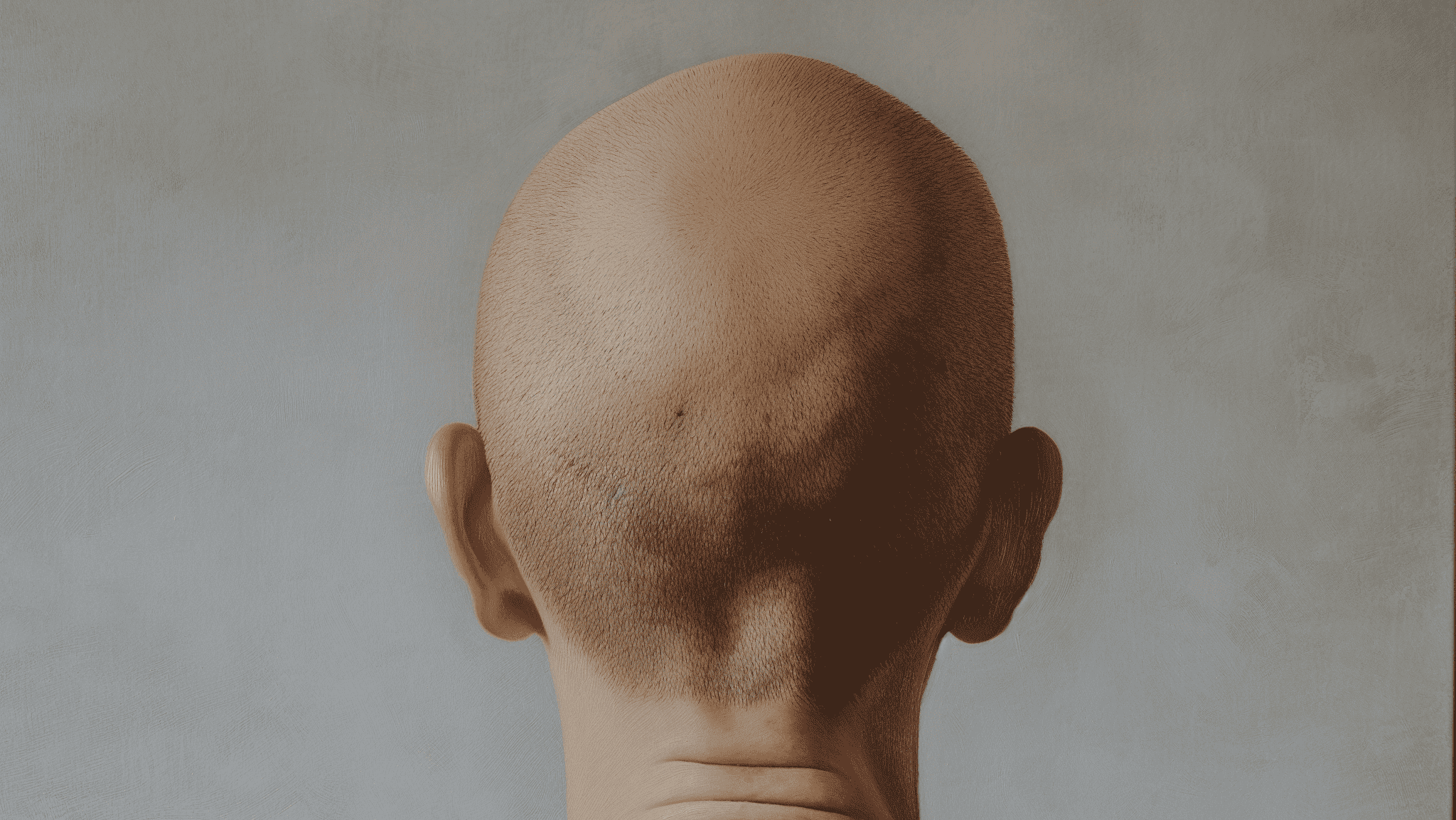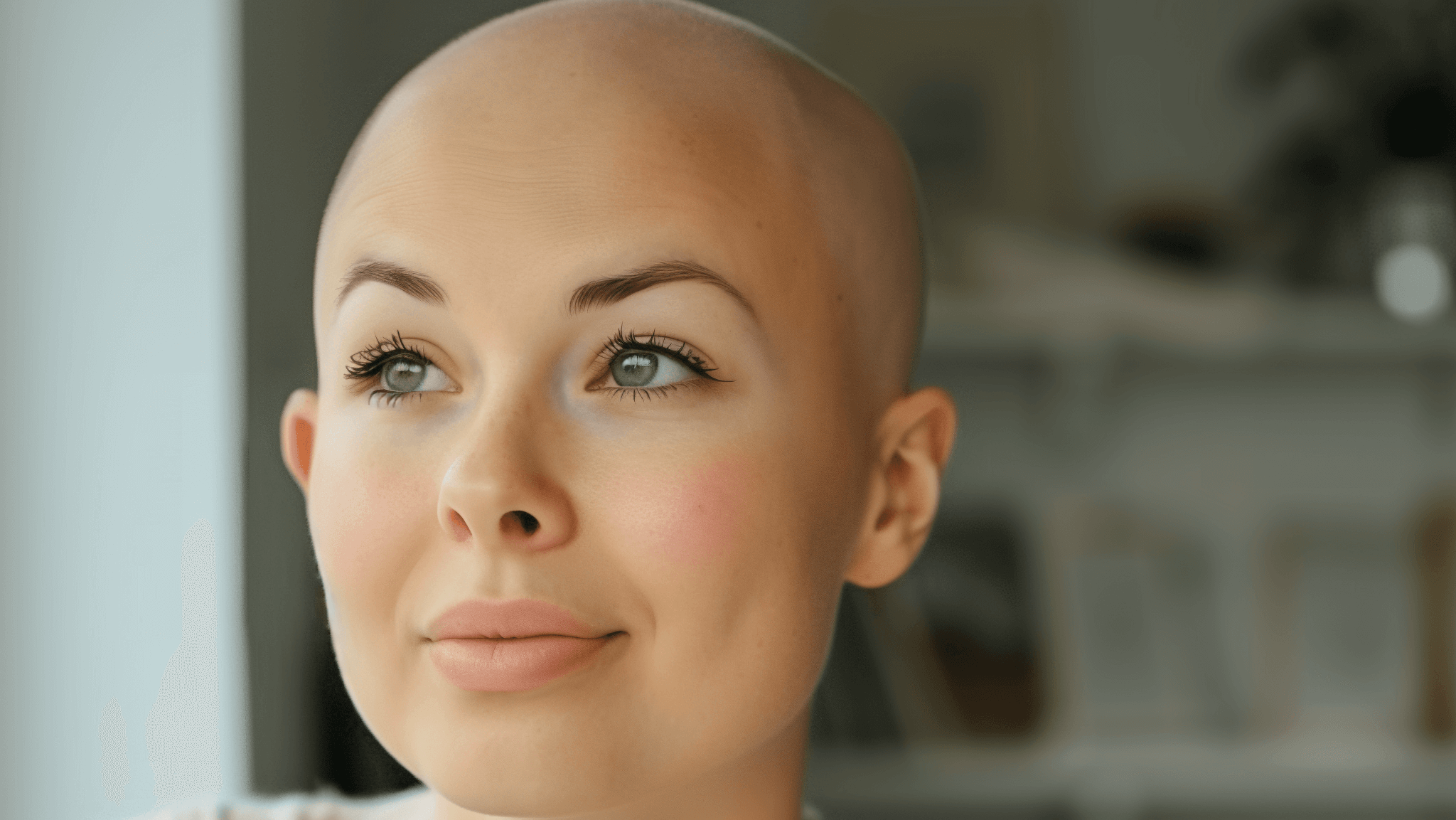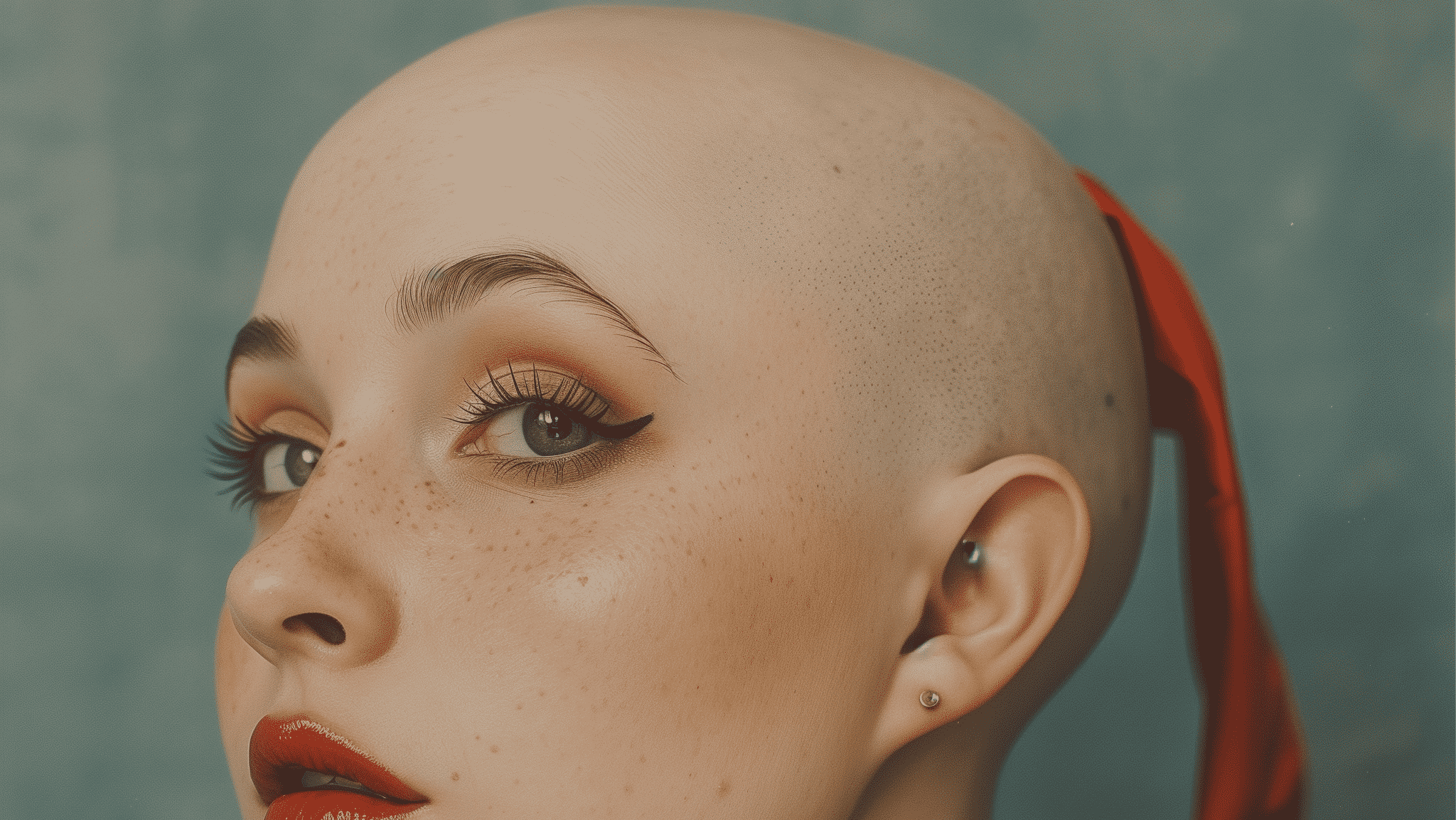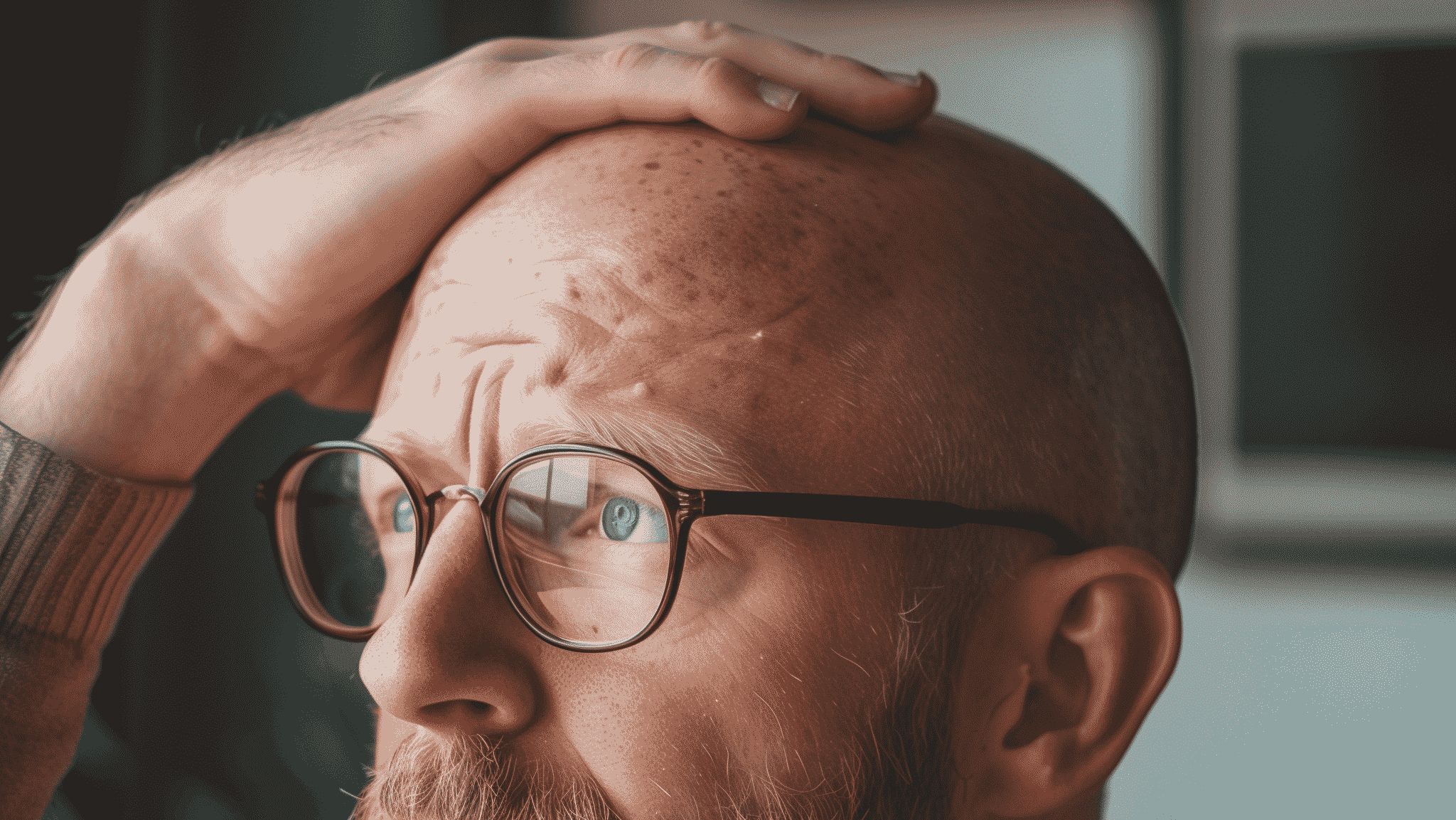What is Alopecia?
Alopecia is a general term used to describe hair loss or baldness. It can affect any part of the body, but it’s most commonly associated with hair loss on the scalp. There are various types of alopecia, each with its own causes and patterns of hair loss.

Prevalence and Risk Factors
Alopecia is a common condition that affects millions of people worldwide, regardless of age, gender, or ethnicity. However, certain factors can increase the risk of developing alopecia, such as genetics, hormonal imbalances, medical conditions, and lifestyle factors.
Read: How Long Does Scalp Micropigmentation Take? [Total Time]
Causes of Alopecia

Genetic Factors
Genetics play a significant role in certain types of alopecia, such as androgenetic alopecia (male and female pattern baldness). If you have a family history of hair loss, you may be more likely to experience it yourself.
Hormonal Imbalances
Fluctuations in hormones, particularly androgens (male hormones), can contribute to hair loss. This is why hormonal changes during pregnancy, menopause, or certain medical conditions can trigger alopecia.
Autoimmune Disorders
In some cases, the body’s immune system mistakenly attacks hair follicles, leading to alopecia areata, an autoimmune condition that causes patchy hair loss.
Stress and Emotional Factors
Significant physical or emotional stress can disrupt the normal hair growth cycle, leading to excessive shedding known as telogen effluvium.
Nutrient Deficiencies
Inadequate intake of certain vitamins and minerals, such as iron, zinc, and protein, can impair hair growth and contribute to hair loss.
Medications and Medical Treatments
Certain medications, including chemotherapy drugs, blood thinners, and medications for depression, arthritis, and heart problems, can cause hair loss as a side effect.
Types of Alopecia

Androgenetic Alopecia (Male/Female Pattern Baldness)
This is the most common form of alopecia, affecting both men and women. It is characterized by a receding hairline and gradual thinning of hair on the crown and top of the head.
Do Read: Scalp Micropigmentation For Long Hair In 2024
Alopecia Areata
This autoimmune condition causes patchy hair loss on the scalp, beard, or other areas of the body. In some cases, it can lead to total hair loss (alopecia totalis or alopecia universalis).
Traction Alopecia
This type of hair loss is caused by excessive pulling or tension on the hair, often due to tight hairstyles like braids, cornrows, or ponytails.
Telogen Effluvium
Triggered by physical or emotional stress, telogen effluvium causes excessive shedding of hair, typically all over the scalp.
Other Types
There are other less common types of alopecia, such as scarring alopecia (caused by inflammation or injury to the hair follicles), alopecia caused by nutritional deficiencies, and alopecia resulting from certain medical conditions or treatments.
Diagnosis and Treatment

Diagnosis
Diagnosing alopecia typically involves a physical examination, detailed medical history, and, in some cases, lab tests or a scalp biopsy to identify the underlying cause.
Treatment Options
Medications
Depending on the type of alopecia, various medications may be prescribed, such as minoxidil (a topical treatment for androgenetic alopecia), corticosteroids (for alopecia areata), or other medications targeting the underlying cause.
Hair Transplants
In cases of permanent hair loss, hair transplantation surgery can help restore hair growth by moving healthy hair follicles from other areas of the scalp to the balding areas.
Lifestyle and Natural Remedies
Lifestyle changes, such as managing stress, maintaining a balanced diet, and avoiding harsh hair treatments, can help promote hair growth. Some people also explore natural remedies, like essential oils or herbal supplements, although their effectiveness may vary.
Living with Alopecia
Emotional Impact
Hair loss can have a significant emotional impact, affecting self-esteem, confidence, and overall well-being. It’s essential to seek support and care for both physical and emotional aspects of alopecia.
Support and Resources
Many organizations and support groups exist to provide information, resources, and emotional support for individuals and families affected by alopecia. Connecting with others who understand the challenges can be invaluable.
FAQs
FAQ 1: Can alopecia be cured?
Answer: While some types of alopecia are temporary and hair may regrow, other forms are chronic or permanent. Treatment aims to manage the condition and promote hair regrowth, but a complete cure is not always possible.
FAQ 2: Is alopecia contagious?
Answer: No, alopecia is not contagious and cannot be transmitted from person to person.
FAQ 3: Can stress cause alopecia?
Answer: Yes, significant physical or emotional stress can disrupt the hair growth cycle and lead to excessive shedding (telogen effluvium).
FAQ 4: Is alopecia more common in men or women?
Answer: Both men and women can experience alopecia, although certain types, like androgenetic alopecia (male and female pattern baldness), may be more prevalent in one gender.
FAQ 5: Can hair loss be a side effect of medication?
Answer: Yes, certain medications, such as chemotherapy drugs, blood thinners, and medications for depression, arthritis, and heart problems, can cause hair loss as a side effect.
